Are you looking for a contractor?
Submit our quick form and get quotes now!
Table of Contents
5 min read
Annual or perennial: what’s the difference?
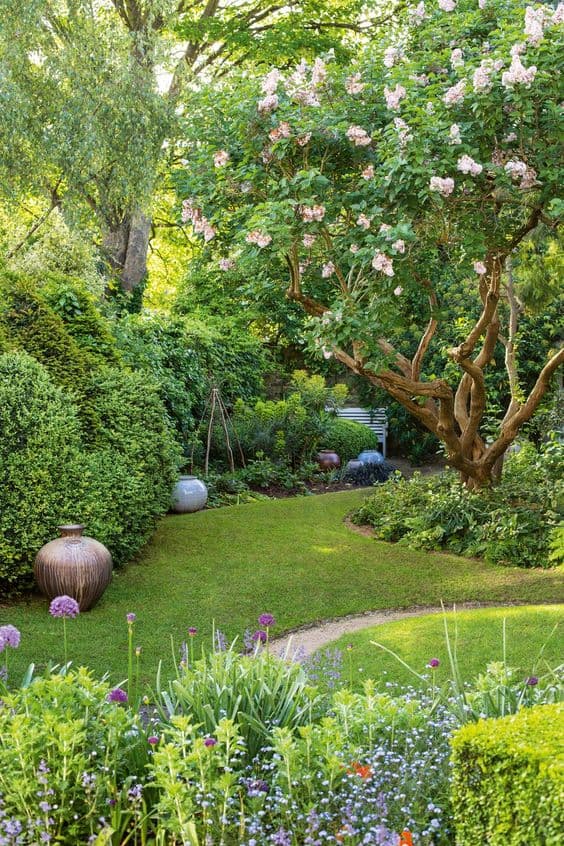

5 min read
Annual or perennial: what’s the difference?
Exterior renovationsAnnual or perennial: what’s the difference?
If you’re ready to try your hand at landscaping and creating your own garden, then you’re probably feeling pretty excited about picking out plants and flowers. In your search for the most beautiful options for your lawn, you’ve likely come acros the terms “annual” and “perennial”.
These two words are quite integral when it comes to caring for the plants you choose, but what do they mean exactly?
There are plenty of beautiful flowers that can be classified as annual and perennial: one isn’t better than the other. Although both can be included in your garden, it’s still recommended that you know and understand the difference between these two terms.
Annual or perennial: what’s the difference?
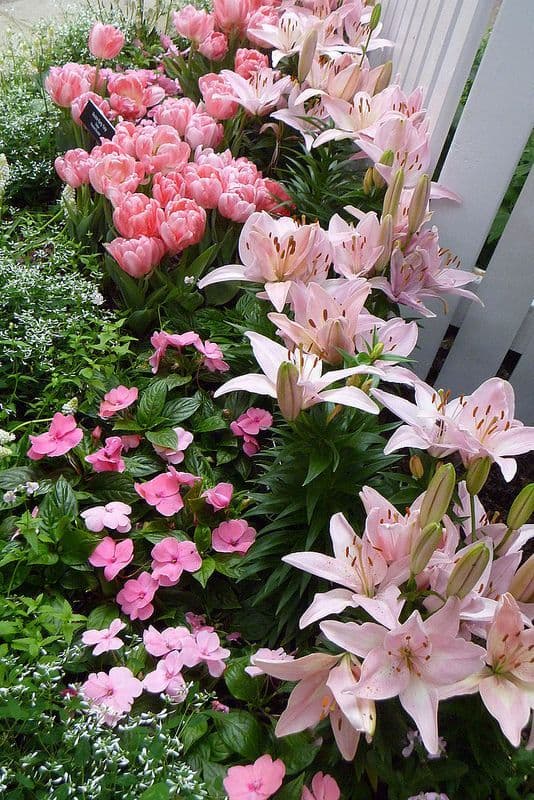
First, let’s discuss the main difference between annuals and perennials: plants that flower and die in one season are annuals whereas perennials return the following years.
Even though annuals pass on after the first year, most will leave behind seeds that you can collect to plant the following spring. Annuals generally stay alive until the first frost sets in, a surefire advantage if you’re looking for consistency, vibrant colour and flashy flowers. Annuals can also be planted starting from spring into late summer, so if you’re looking to refresh your garden late into the season, it’s likely you’ll choose an annual.
As we mentioned, perennials come back season after season. Although the top growth of perennial plants will die as winter approaches, the root system will stay intact and allow for new growth the following year. While this definitely makes for a garden that’s a little easier to maintain, there are some disadvantages to working with perennials.
In general, these plants tend to be less vibrant in colour and are in bloom for a shorter period of time than your average annual. Their bloom time could be anywhere between 2 and 6 weeks. Another note is that perennials will have their best chance when planted in the fall or spring, making sure to have them planted at least 6 weeks before the first frost. In rare cases, some annuals may actually become perennials, as is the case if you’re living in a warm climate where roots are able to flourish.
Annuals and perennials: what makes them unique?
Annuals
Annuals are excellent for those looking to have a wide range of variety in their garden. If you know you easily get tired of trends, colours, and styles, then this may be the right plant for you. You can do plenty of experimenting without a long-term commitment. These plants mature faster and bloom longer than perennials. Since they can be planted anytime, they’re also excellent for sprucing up your current landscaping layout.
They can be divided into 3 separate groups:
Hardy or cool-season: These annuals thrive in cool-season to medium temperatures, such as the spring or fall. These plants can survive exposure to direct sunlight as well as frost. Some common types include forget-me-nots and larkspur.
Half-hardy: This is the most common type of annual you can find and they can be used in gardens of all climates.
Warm-season: These annuals grow best in tropical or warm climates and will thrive when in heat. This type of annual should be planted in late spring. Some common ones include petunias and marigolds.
Perennials
Perennials are strong plants with longevity and staying-power as they return each year. However, it’s important to mention that most are only in bloom for one season of the year, with a select few that are re-blooming and long-blooming perennials. Their lifespan varies, and will depend on how well they’re cared for, but can live between three to five years, sometimes longer. Remember that this type of plant requires a bit more maintenance than annuals do, as they need to be pruned quite regularly.
Once these plants are in place, they are generally low maintenance and tend to require less water than annuals. If you’re in an area prone to drought, we’d recommend working with perennials. Look for those native to your climate and region, as they can create a habitat for your local wildlife and bugs.
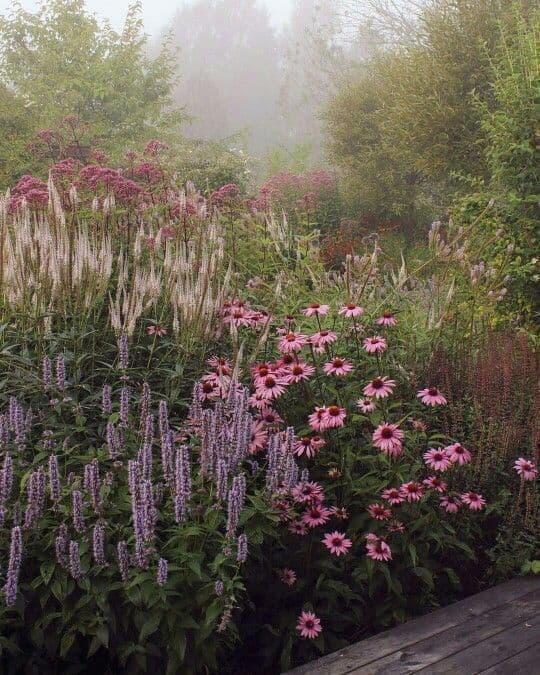
Tips for planting both annuals and perennials
Variety: You don’t have to limit yourself to working with annuals or perennials only. In fact, it’s best to mix it up and use both in your garden. Perennials help to limit the amount of work that goes into planting. Annuals have longer bloom times and more vibrant colours! Of course, working with both will allow you to create a well-rounded landscape.
Strategic placement: Of course, when completing any landscaping project, it’s very important to know the plants that are native to your climate, as well as how much sunlight and water each requires. For plants to grow and do well, they generally require specific conditions. Thus, we’d recommend really knowing your plants and where to place them on your lawn.
Offer care and attention but have patience: Make sure that you’re watering plants deeply right after planting them. Mulch is an excellent option for adding and maintaining moisture while keeping weeds at bay. Use fertilizer but be aware that an overuse of fertilizer can cause weak growth. Lastly, be patient with your landscape! Perennials will take their time to bloom, but they need just as much love and care as annuals do!
Looking for more landscaping and garden info? Check out this article:
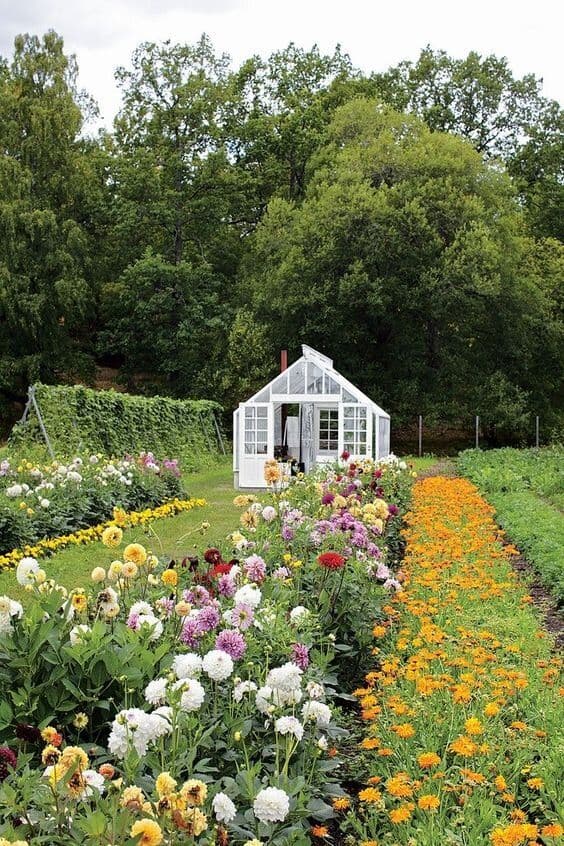
Get 3 renovation quotes for your landscaping project
RenoQuotes.com can help you get quotes for your landscaping project. If you submit your project to us, we’ll put you in contact with top-rated contractors. Fill in the form on the homepage (it only takes a few minutes), and you will get estimates from trusted professionals.
Dial 1-844 828-1588 to speak with one of our customer service representatives
Last modified 2023-11-07
Looking for something else?
Related articles
The latest industry news, interviews, technologies, and resources.
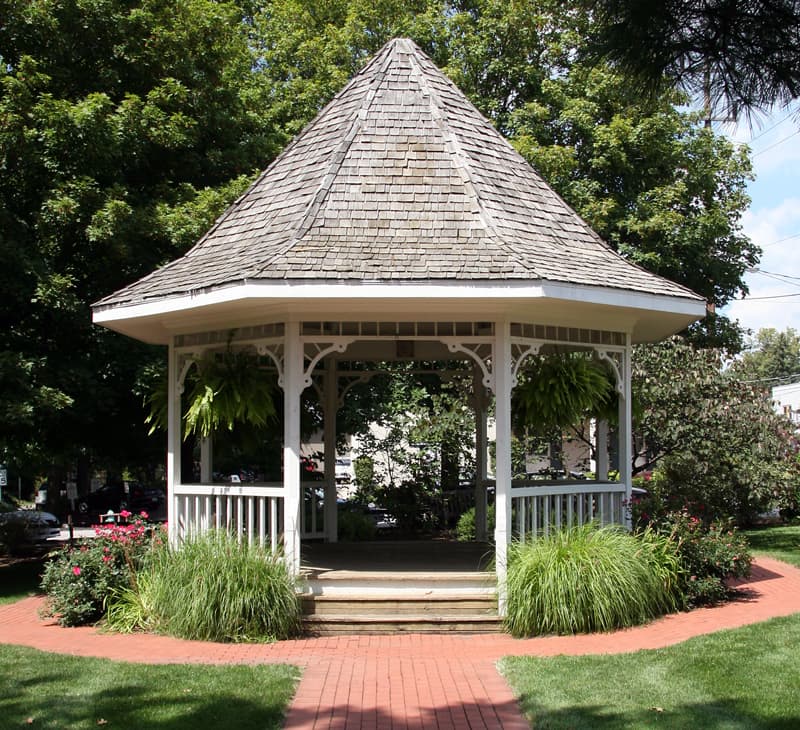
RenoQuotes.com • 07 Nov 2023
Both a place of rest and relaxation, the gazebo allows you to enjoy beautiful weather without fear of suffering the negative effects of too much sun. The gazebo offers shaded space that is difficult to do without, and this is why more and more homeowners are choosing to install it in their backyards. Are you also thinking about it? To learn more about this type of shelter, read on!
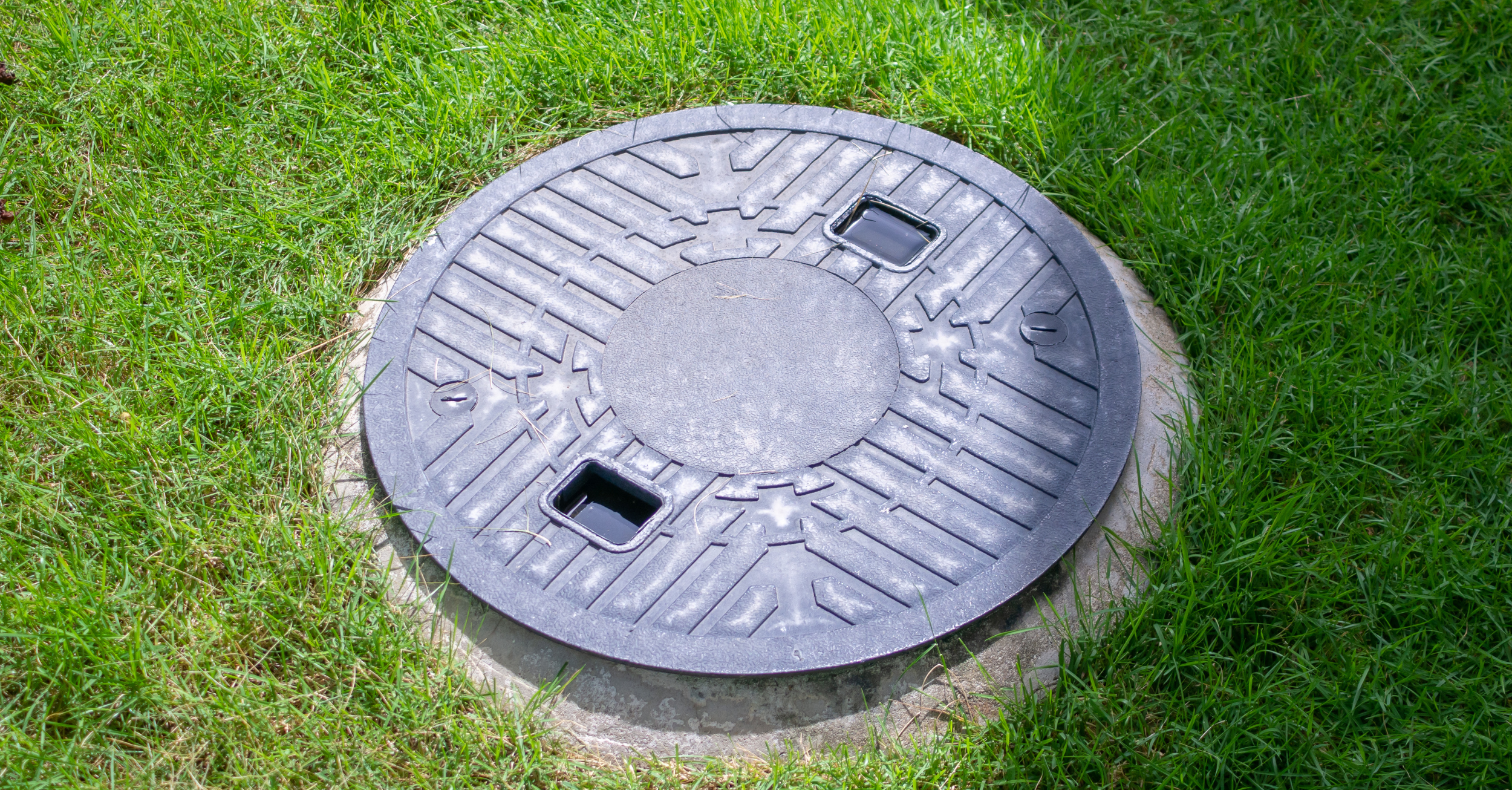
RenoQuotes.com • 19 Jan 2024
A septic tank with faulty waterproofing is evident through foul smells, drainage problems, or even wastewater backing up into your home.

RenoQuotes.com • 07 Nov 2023
Has the time come to change your patio door? Given that you will have to live with it for many years to come, you definitely do not want to regret your choice.
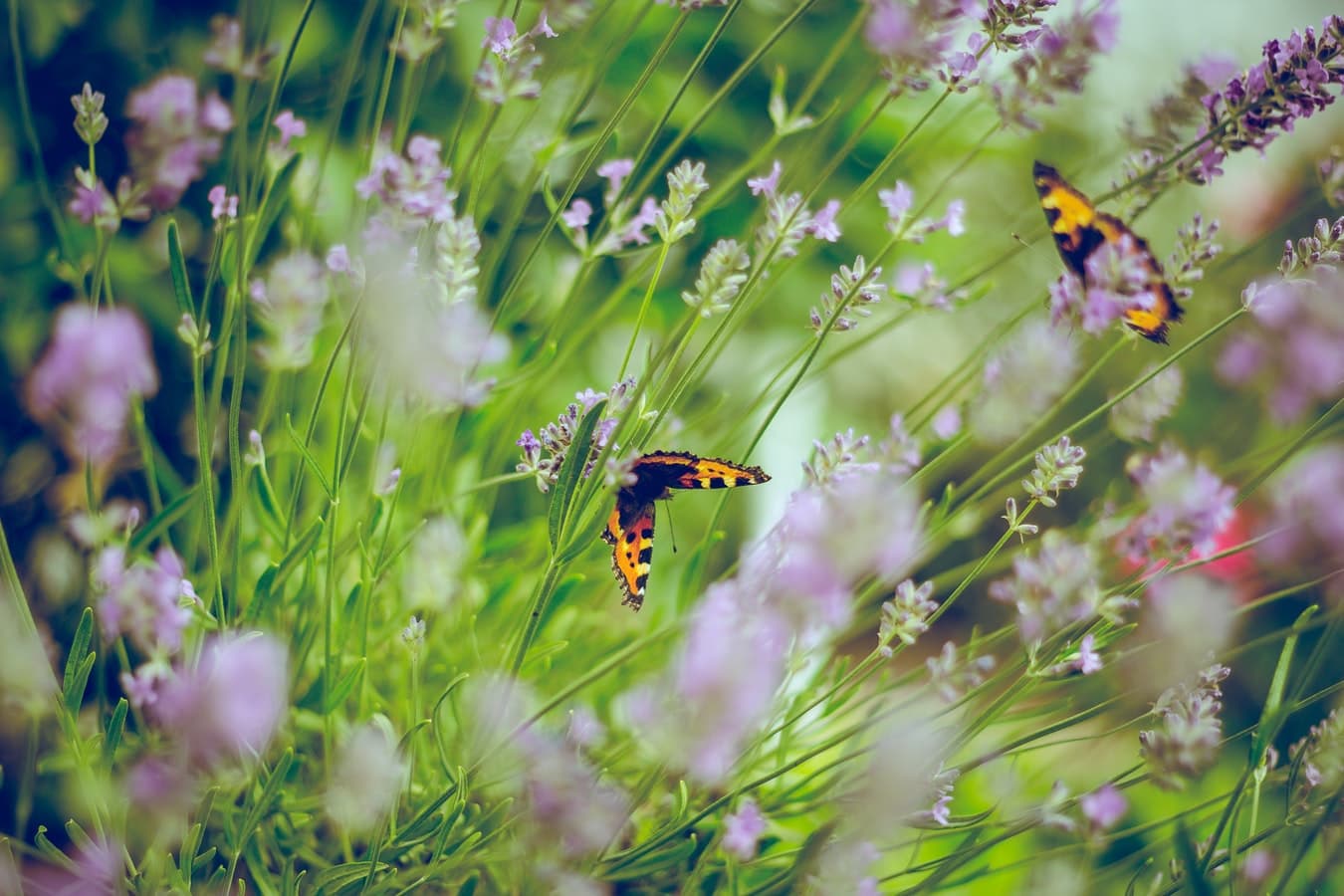
N/A • 07 Nov 2023
We’ve said it before and we’ll say it again, curb appeal is real! Tending to and maintaining a beautiful garden on your front or back lawn brings a lot to a home.

Amanda Harvey • 07 Nov 2023
The windows of your home have a multitude of uses: they allow for an excellent view, give access to a cool breeze on warm or stuffy summer days as well as block out the chilly air during winter months. However, even when your windows are closed, one of the main ways that air can escape out into the world is through the small spaces between the window frame, glass and walls.